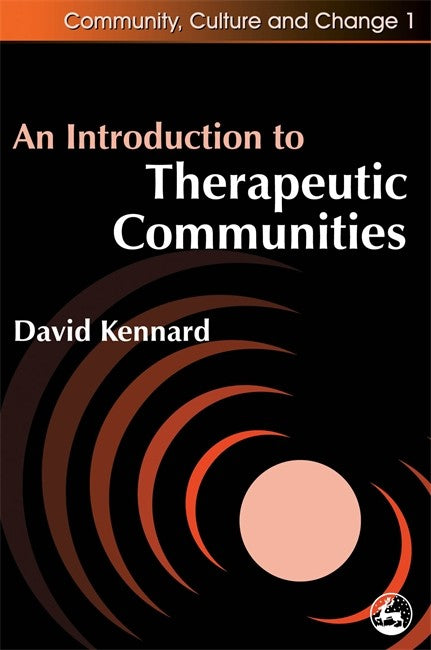PART ONE: THE DEVELOPMENT OF THERAPEUTIC COMMUNITIES. 1. Different origins, common attributes. 2. The rise and fall of moral treatment. 3. Democracy, psychoanalysis and planned environment therapy. 4. Psychiatry meets the second world war: the hospital as a therapeutic community. 5. From innovation to application: therapeutic communities for people with severe personality disorders. 6. The therapeutic community approach in the care of the mentally ill. 7. Concept-based therapeutic communities for drug abusers. 8. Anti-psychiatry and alternative asylum. 9. The future of therapeutic communities. PART TWO: WORKING IN A THERAPEUTIC COMMUNITY. 10. The first day: an imaginary narrative. 11. Staff roles and some dos and don'ts for beginners. 12. Questions of training by Jeff Roberts, The Group Analytic Practice, London. PART THREE: FURTHER INFORMATION. Key professional organisations in the United Kingdom. Therapeutic communities in the United Kingdom. Rest-of-the-world contacts for further information. Recommended reading. References.
Therapeutic communities provide, in addition to safe accommodation and twenty-four hour care, a highly structured environment with set rules and timetables. Within this environment they establish a set of relationships and meetings that provides a safe emotional container for distress. Members play an active role in all decisions affecting them, which can include voting on the admission and discharge of other residents, allocating daily domestic tasks to all members of the community, and holding members accountable for the breaking of rules. The range of institutions included in the term 'therapeutic communities' means that each community is unique and adapted to the particular needs of its residents.This comprehensive introduction to the nature and work of such communities sets them within their historical and social context, looking in detail at the influence of leaders in the field, such as Maxwell Jones, to create a backdrop against which current practice can be viewed. The author examines communities specifically aimed at certain sectors of society, including drug abusers, offenders, those with a diagnosed mental illness and people with a severe personality disorder. The second part of the book describes the day-to-day running of a therapeutic community and the responsibilities, rewards and anxieties experienced by members of staff.

